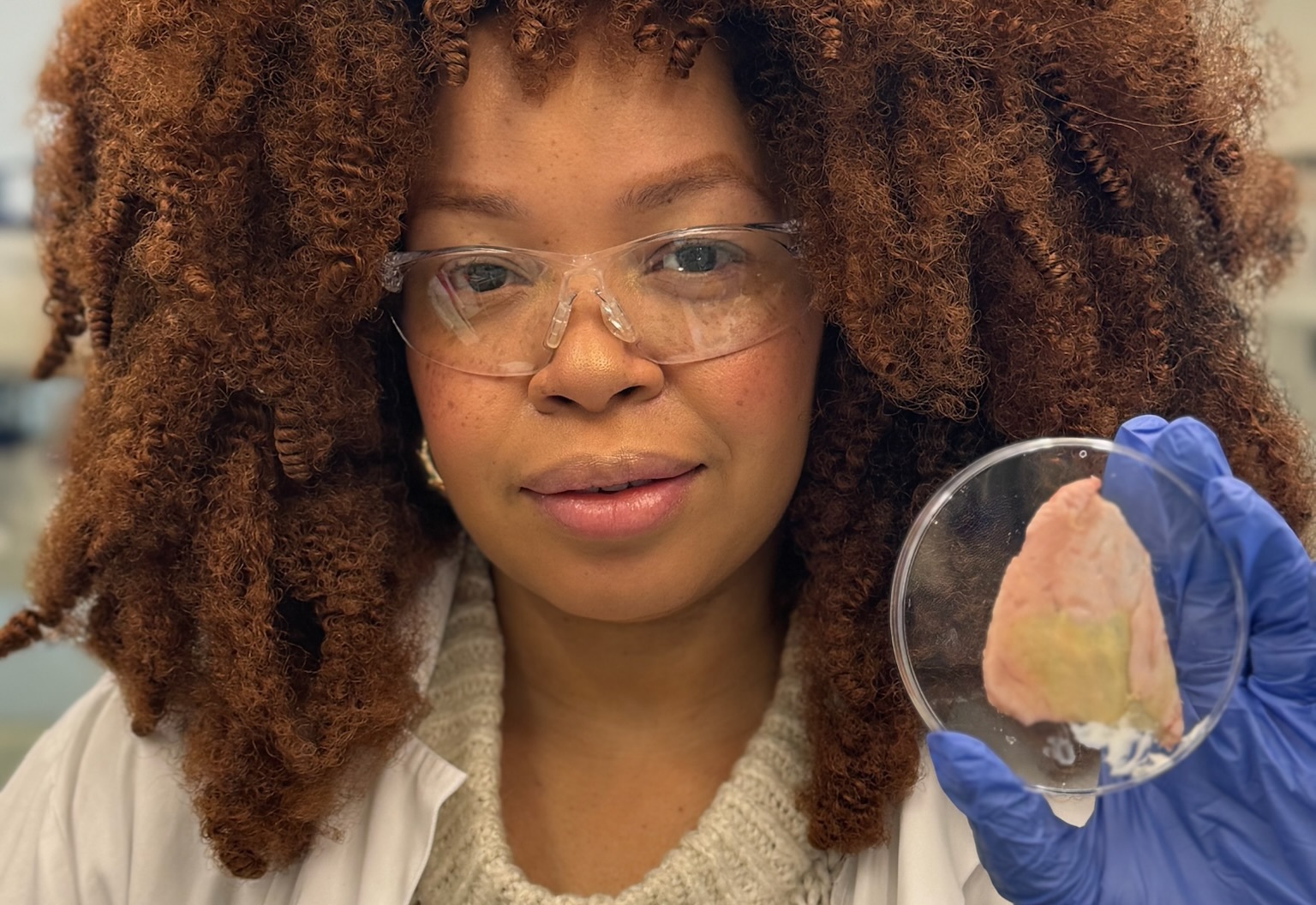





Reading research warns hair products marketed to Black communities

A community‑led research project in Reading has raised concerns that some hair-care products marketed to Black communities may be having adverse effects on both physical health and cultural identity. The study, led by local researchers working with community groups, highlights how product formulation, marketing and availability intersect with lived experience — and calls for clearer information and better regulatory oversight.
What the Reading‑led research highlighted
Researchers engaged directly with community members to capture everyday experiences of hair care, from product selection to long‑term use. Rather than testing individual brands for specific contaminants, the project focussed on lived impact: reported scalp sensitivity, hair damage following repeated treatment, and concerns about limited information on ingredient safety. Participants also described emotional and cultural consequences when routine treatments interfered with traditional hair textures and styling practices.
- Community interviews and focus groups reported widespread concern about harmful side effects linked to certain products.
- Participants felt marketing often emphasised quick results over long‑term hair health.
- There was a perceived lack of accessible, culturally sensitive guidance about safer alternatives and usage frequency.
Health and cultural impacts explored
The research underlines two interconnected issues. First, physical health: repeated exposure to harsh formulations can aggravate scalp conditions and accelerate hair breakage for some users. Second, cultural identity: hair routines are intimately linked to self‑expression and community belonging. When products alter hair structure or stigmatise natural textures, they can unintentionally erode cultural practices and personal confidence.
Participants spoke about the emotional labour of navigating product choices — balancing aesthetics, social expectations and safety. The study emphasises that for many Black consumers, hair care is not a purely cosmetic decision but one with social and cultural dimensions.
Implications for industry and regulation
Although this project is community‑centred rather than a laboratory analysis, its findings feed into a wider policy conversation about transparency, testing and consumer protection. Key implications include:
- The need for clearer labelling that helps consumers understand long‑term risks and appropriate use.
- Stronger industry engagement with the communities they serve, ensuring product development reflects diverse hair types and needs.
- Consideration by regulators of how products marketed to specific demographics are evaluated and monitored.
Public health agencies and professional bodies may need to work more closely with grassroots groups to ensure guidance is culturally informed and accessible.
Practical guidance for consumers
While further research and regulatory action evolve, the Reading‑led project suggests several practical steps for readers concerned about product safety and hair health.
- Read labels carefully: look for clear ingredient lists and avoid products that lack transparency about active components.
- Patch test new products on a small area of scalp or hair strand and monitor for irritation or sensitivity.
- Prioritise gentler routines: reduce the frequency of aggressive chemical or heat treatments and favour conditioning and protective styles when possible.
- Seek professional advice from a trichologist or a stylist experienced with your hair type if you notice persistent scalp or hair issues.
- Share experiences within community networks: lived knowledge often points to safer, more sustainable products and practices.
How the research could shape next steps
Community‑led work such as this serves a dual purpose: it amplifies everyday experiences that may be under‑represented in formal studies, and it offers policymakers and manufacturers a clearer picture of real‑world harm. The study’s methodology — prioritising voice and lived expertise — could inform future research designs and regulatory consultations, ensuring that evidence used to shape standards reflects community priorities.
Takeaway
The Reading‑led research is a timely reminder that hair‑care choices are both personal and political. Consumers, industry and regulators each have roles to play: consumers can make informed choices and share knowledge; industry must prioritise transparent formulation and culturally competent product development; regulators should consider how oversight protects diverse communities. Together, these steps can help reduce harm and preserve the cultural significance of hair.
Explore More: Discover related reads from Hairporium — News • Guides • DIYs • Expert Articles.
Stay Updated: Read more UK hair industry news and innovations on Hairporium News.







